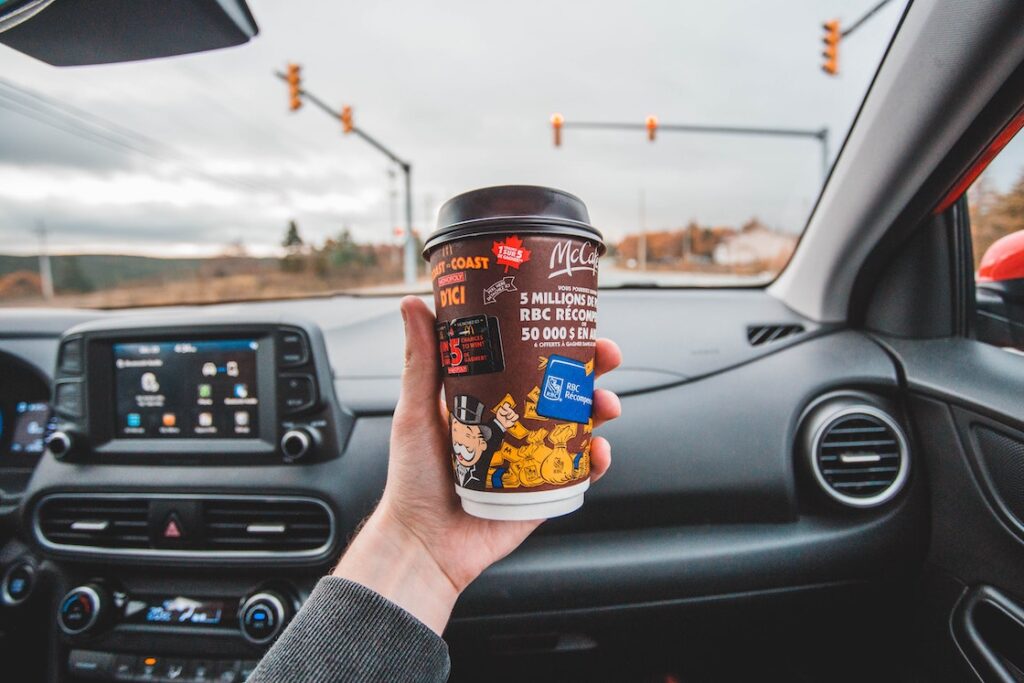While pretty much everyone knows that mold can grow in their homes, few people realize it can also show up in their vehicles as well.
Believe it or not, mold infestations are very common in cars, and they appear for a variety of reasons. And, because the interior of a vehicle is such a small, cramped space, it’s one of the most frustrating places to experience a mold problem.
For one, it will be practically impossible to escape the smell of it while you’re driving around. Headaches during and after driving are, for many people, a sign of a potential mold problem in the vehicle.
Secondly, the lack of room to maneuver within the vehicle and its air vents can make cleaning mold a major hassle.
Fortunately, though, there’s no reason that you should have to suffer this unpleasant fate. If you’re proactive and make smart decisions, you can greatly reduce the chances that you ever end up with a mold colony moving into your vehicle.
Be very careful with food and drinks
Spilled food and beverages are one of the most common causes of mold growth in cars.
Two things that the invasive fungus needs to flourish are moisture and organic material, and when you let spilled food and drinks linger in your vehicle, you’re giving the mold exactly what it requires.
So, if you want to prevent mold from developing in your car, you have a few options regarding eating and drinking.
The easiest and most foolproof option is to simply stop eating and drinking in your vehicle.
This will not only help minimize the chances of mold growth, but it should also help you keep your car cleaner in general.
But this isn’t a realistic option for everyone.
If you commute to work early in the morning or regularly take long drives, you’re occasionally going to need some breakfast, coffee, or snacks. Alternatively, you may frequently drive with your young child and need to carry a baby bottle for them. In those cases, the ideal option is to be extra careful not to spill anything.
For beverages, using a thermos with an airtight lid can make a big difference. As for food, it’s wise to avoid eating anything messy or prone to spillage.
However, if you eat or drink in your car and, despite your best efforts, something ends up spilling, it’s imperative that you clean it up thoroughly. If you spill any non-water beverage, you’ll probably want to use a disinfectant cleaning solution to wipe it up. After you’ve finished cleaning what you spilled, remember to dry the area thoroughly as well.
Keep moisture out of your car
Although spilled drinks may be the most common way that moisture gets into cars, it certainly isn’t the only way. If you aren’t careful about letting other significant sources of water reach your car’s interior, you run the risk of creating an ideal environment for mold growth.
One thing you can do to keep your car dry is to avoid leaving wet clothes or towels sitting on your seats. When you toss them in a heap and forget about them overnight, that moisture is bound to seep into the fabric of your interior. Additionally, if you notice that any of your floormats or seat covers have become damp, make a point to remove them from the car and dry them before putting them back.
Another helpful measure is to keep your windows completely closed whenever it’s raining or you leave your car parked outside. Rainwater is a common way that vehicles end up with significant mold infestations, and some of it’s bound to get inside your car if you don’t close the windows.
Even if it’s not currently raining out when you park, it’s possible that humid conditions or a later rainstorm could allow moisture in if the windows are left open. If there’s something wrong with your car’s windows and they won’t close, try to get them repaired as quickly as you can.
Let the sun and fresh air in
The dryer and more ventilated your vehicle is, the lower the chances of a mold infestation will be. With that in mind, letting natural warmth and fresh, dry air into the car are effective measures for keeping the fungus away.
Whenever possible, let your vehicle spend some time parked in direct sunlight. This will help ensure that there’s no lingering moisture in your interior and make it harder for mold to flourish.
Another good choice is to take advantage of the crisp, dry air on sunny days by driving around with the windows open. Doing so will ventilate the car and help you prevent your vehicle from becoming the type of stuffy, damp environment that mold loves.
There’s always the chance that mold will show up in your car, even if you’re diligent about trying to prevent it. However, if you heed these tips, the odds of a large, severe infestation developing will be slim to none. And if a minor mold problem does appear, you should be able to clean it with little problem and be back on the road quickly.


